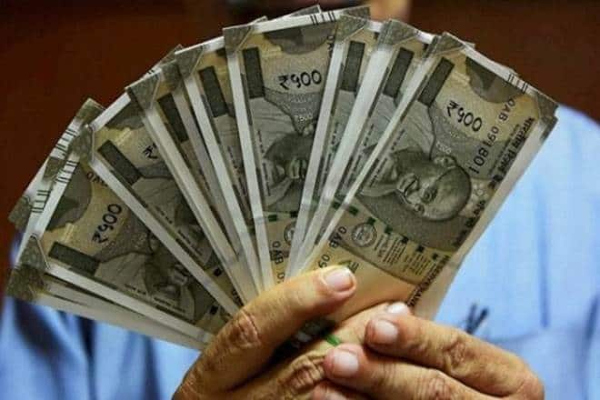One-third of the income generated in Indian economy came from wages, and the rest from capital, said a recent India Ratings and Research study, citing a reorganisation of the GVA (Gross Value Added) data of the Central Statistical Office. The CSO data, the report said, gave an insight into the manner in which the income generated in the production process is being distributed across the two key factors of production, labour and capital.
According to the report, the Central Statistics Office (CSO) provides gross value added (GVA) data as per the four different components:
- Production taxes less production subsidies
- Consumption of fixed capital
- Compensation to employees, and
- Operating surplus/mixed income both by production sector and institutions.
India Ratings report said, “Return on labour (12 per cent CAGR) grew faster than return on capital (10.9 per cent CAGR) during FY12-FY17. However, of the total income generated in the economy, only one-third accrued to labour, while the balance went to capital.”
Further, it said that distribution is not uniform across the sectors, because in case of agriculture, owners of labour received 15.3 per cent of the income and the remaining 84.7 per cent went to the owners of the capital.
Wages in agriculture accounted for only 8.4 per cent of the total wages in the economy, as agriculture contributed 18.2 per cent to the total income generated in the economy, said the report, adding “Interestingly, though the wage component in agriculture GVA grew faster than the capital component during FY12-FY17, the income of agriculture labourers continued to be quite low.”
Notably, the Census of India 2011 pegs the total number of agricultural labourers at 144.3 million (14.43 crore), while the wage component of agriculture averaged 2.78 per cent of the aggregate GVA during FY2012-2017.
According to India Ratings report, “This translates into annual average wages of Rs 21,060 per agricultural labourer per annum (assuming the number of agricultural wage earners remains the same). This is even lower than the official poverty line. Cultivators are relatively better off than agricultural labourers, with an average annual income of Rupees 141,500 during FY12-FY17.”
The report observed that at a disaggregated level, divergence in returns to labour and capital is the most pronounced in the case of the public sector. During FY 2012-FY2017, wages grew at 11.7 per cent, but the return on capital grew by only 5.4 per cent.
India Ratings report said that this broadly reaffirms the view that the compensation offered to public sector employees is not in sync with its operating surplus or profitability.
The report cites key takeaways from the analysis of this CSO data spanning FY12-FY17 as:
- An income transfer programme to alleviate agricultural distress will not be meaningful as long as it does not include agricultural labourers
- The low wage growth of unorganised/unregistered enterprises is a matter of concern
- Public sector employees are appropriating a much higher proportion of the incremental income generated than they are accruing to the public sector capit
Source: Zeebiz
Image Courtesy: TFE
You may also like
-
Trade Connect E-platform For Exports Is Single Window, Fast, Accessible And Transformational: Shri Piyush Goyal
-
Dot Simplifies Approval Processes For Telecom Licenses And Wireless Equipment
-
Coal Production and Supply Trends on Positive Trajectory
-
Union Minister To Release Booklets On Promotion Of Indigenous Species & Conservation Of States Fishes
-
2nd India-Japan Finance Dialogue held in Tokyo on 6th September, 2024
